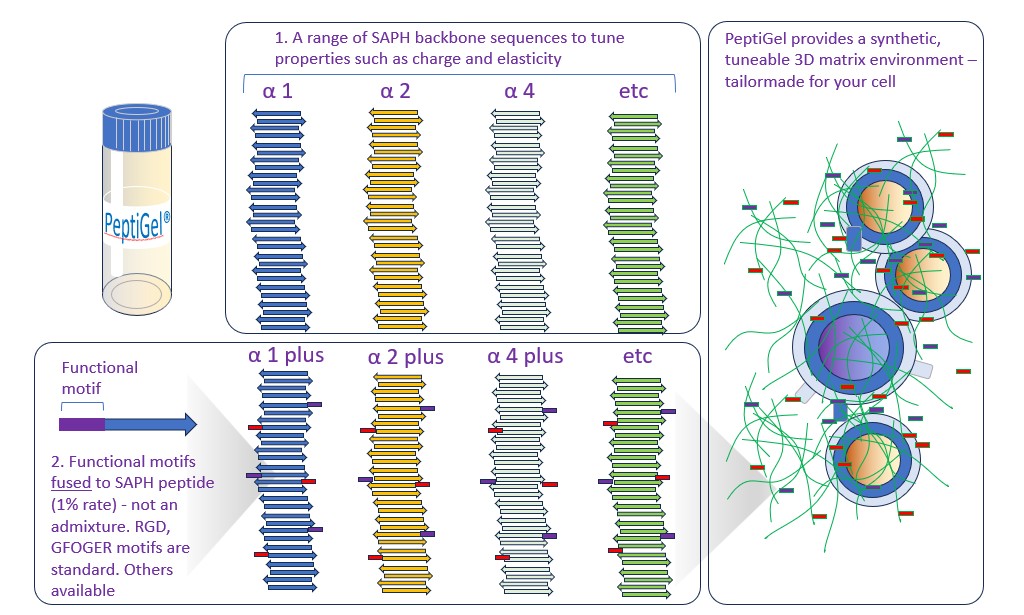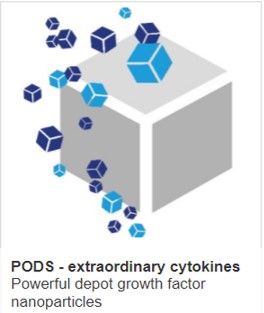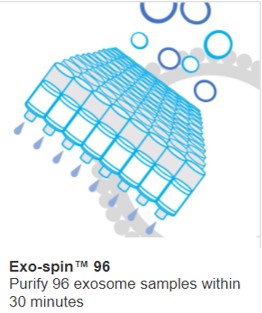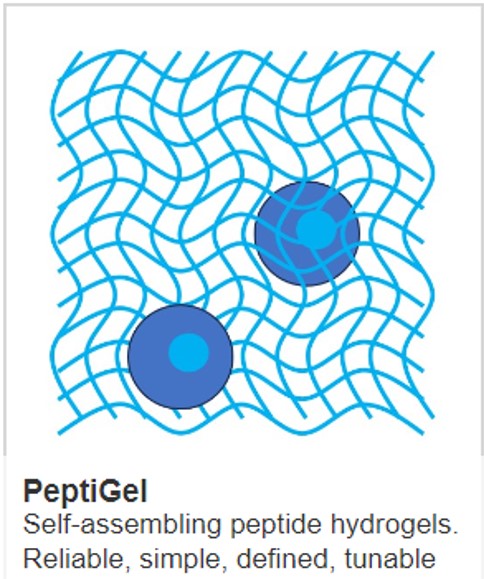What is Extracellular Matrix?

When we think about the building blocks of life, our minds often jump to cells, DNA, and proteins. However, lurking in the spaces between cells is an equally crucial component that often goes unnoticed: the extracellular matrix (ECM). This unsung hero plays a pivotal role in maintaining the structure and function of tissues, influencing everything from wound healing to cancer progression.
What is the Extracellular Matrix?
The extracellular matrix is a complex network of proteins, glycoproteins, and polysaccharides that provide structural and biochemical support to surrounding cells. Imagine it as the scaffolding of a building, holding everything in place while also allowing for communication and transport between different parts.
Components of the ECM
Collagen: The most abundant protein in the ECM, collagen provides tensile strength and structural integrity. It’s what gives your skin its elasticity and your tendons their toughness.
Elastin: As the name suggests, elastin provides elasticity, allowing tissues to resume their shape after stretching or contracting. Think of it as the rubber band of the ECM, crucial for tissues like skin and lungs that need to stretch and recoil.
Proteoglycans: These are proteins heavily glycosylated with long chains of sugars. They fill the spaces between cells and fibers, acting like a sponge to retain water and provide hydration and resilience to tissues.
Fibronectin and Laminin: These glycoproteins are essential for cell adhesion, growth, migration, and differentiation. They act as a bridge between cells and the ECM, facilitating communication and signaling.
Functions of the ECM
The ECM is not just a passive structure; it plays active roles in various biological processes:
Structural Support: It provides a physical framework that maintains tissue integrity and defines the shape of organs.
Cell Communication: The ECM is involved in transmitting signals between cells, influencing their behavior and fate. This communication is crucial for processes like cell growth, differentiation, and apoptosis (programmed cell death).
Wound Healing: During injury, the ECM undergoes remodeling to facilitate tissue repair. It provides a scaffold for new cells to grow and helps in the formation of new blood vessels.
Development and Differentiation: The ECM influences the development of tissues and organs during embryogenesis. It provides cues that guide stem cells to differentiate into specific cell types, ensuring proper tissue formation.
Barrier Function: In certain tissues, the ECM acts as a barrier to the movement of cells and molecules, playing a protective role. For example, the basement membrane, a specialized form of ECM, separates epithelial cells from underlying tissues.
The ECM in Health and Disease
While the ECM is essential for normal physiological functions, its dysregulation can lead to various diseases:
Cancer: Tumor cells can manipulate the ECM to facilitate their growth and spread. They secrete enzymes that degrade the ECM, allowing them to invade surrounding tissues and metastasize to distant sites.
Fibrosis: This is a condition characterized by excessive ECM deposition, leading to tissue scarring and impaired function. It can occur in organs like the liver, lungs, and heart, often as a result of chronic inflammation or injury.
Osteoarthritis: In this degenerative joint disease, the ECM of cartilage is broken down faster than it is replaced, leading to joint pain and stiffness.
Modelling ECM Research
The ECM is a hot topic in biomedical research, with scientists exploring its potential in regenerative medicine and tissue engineering. Here are some exciting avenues being pursued:
Tissue Engineering: By mimicking the ECM, researchers are developing scaffolds that can support the growth of new tissues and organs in the lab. These scaffolds can be seeded with cells and growth factors to create functional tissues for transplantation.
Drug Delivery: The ECM’s unique properties are being harnessed to develop novel drug delivery systems. By targeting the ECM, drugs can be delivered more effectively to specific tissues, improving treatment outcomes for diseases like cancer.
Biomaterials: PeptiGel is a next-generation synthetic material that uses natural, editable building blocks (amino acids) that stack into fibrous networks to replicate the ECM’s properties for use in medical implants and devices. These materials can integrate seamlessly with the body’s tissues, reducing the risk of rejection and improving healing.

Understanding Disease Mechanisms: By studying how the ECM changes in diseases, researchers hope to identify new therapeutic targets. For example, inhibiting the enzymes that degrade the ECM in cancer could prevent tumor spread.
The extracellular matrix is a dynamic and multifaceted component of the cellular environment, playing critical roles in health and disease. As our understanding of the ECM deepens, it opens up new possibilities for medical advancements and therapies. So next time you think about the building blocks of life, remember to give a nod to the extracellular matrix. It’s not just the glue that holds us together; it’s a vibrant, active participant in tissue, orchestrating a myriad of biological processes that keep us healthy and functioning.




